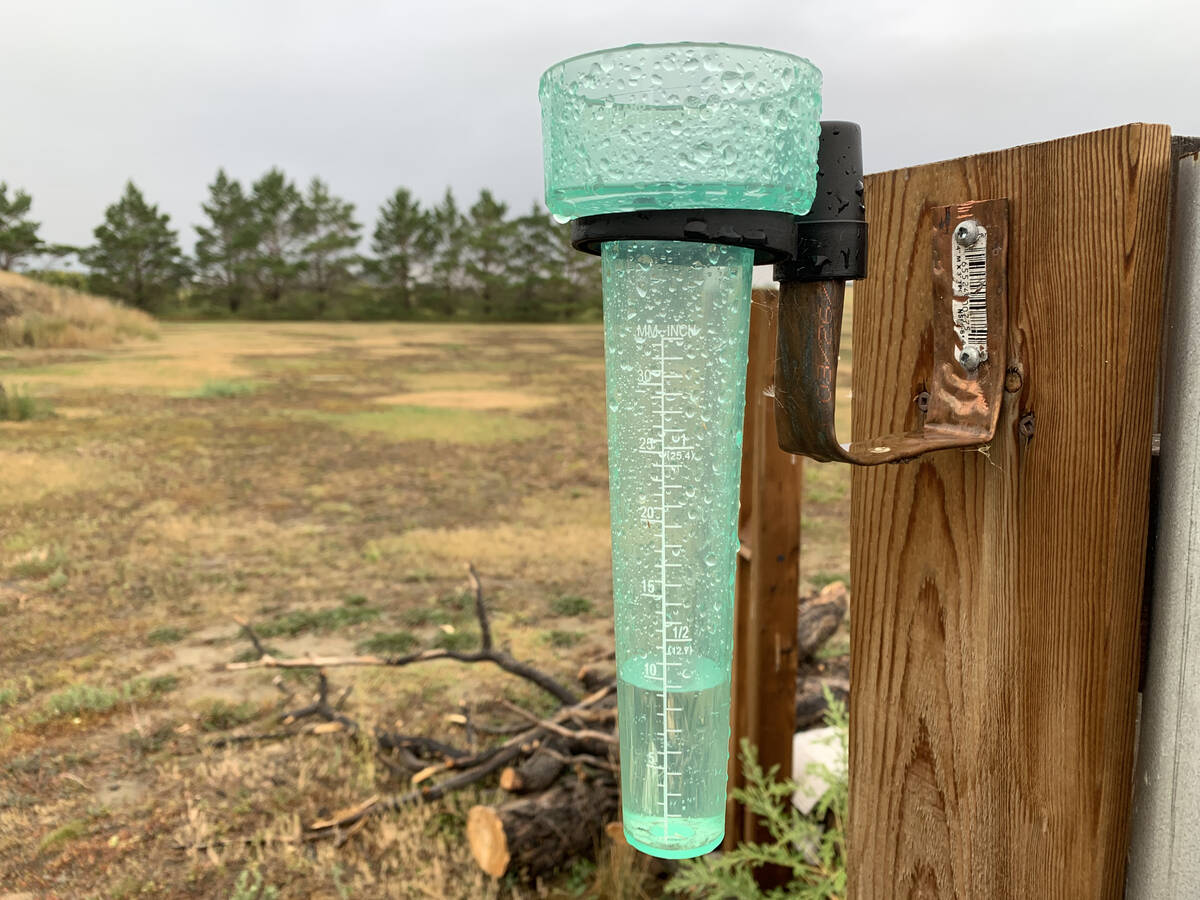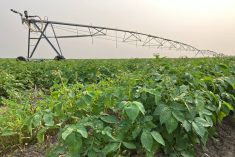Elwin Hermanson says the commission is open to changes, but he rejects suggestions that it isn’t working
The wheat registration system combined with Canadian Grain Commission (CGC) oversight is the foundation for Canada’s wheat quality assurance system, says chief commissioner Elwin Hermanson.
“We think that our system is a cornerstone to ensure consistent quality,” he told the Canada Grains Council’s annual meeting in Winnipeg April 2. “It’s important to our customers that the wheat that comes out of the Canadian spout in their country is consistent year after year. In other words, it’s always going to perform the same. Whether they blend it with other products they want Canadian wheat to be a reliable product.”
Read Also

Western B.C., parts of Prairies received drought relief in October
Drought monitor for Western Canada for October
That helps farmers by maintaining markets and avoiding trial and error when assessing new varieties, Hermanson added later in an interview.
“We’re not stuck on the status quo,” he said. “They need to be reasoned changes with broad industry support. That’s the way we’ve made changes in the past and it works for us.
“We’re concerned if someone just wants to throw it all out and think that a good grain quality assurance system is not necessary. We think it is very important.”
In February, Agriculture Minister Gerry Ritz asked the chairs of the committees who recommend whether new varieties should be registered or not to consider ways to streamline the process to give farmers faster access to improved varieties.
The Western Canadian Wheat Growers Association (WCWGA) proposes seed developers alone decide which new varieties to register and commercialize, dropping the current requirement that new wheats meet certain agronomic, disease tolerance and end-use standards.
New wheats would still be tested for quality and placed in the appropriate class, while agronomy and disease tolerance would be tested on a voluntary basis.
Hermanson said it is incorrect to suggest the U.S. doesn’t have grades and grading factors. The United States Department of Agriculture accesses 8,000 samples from wheat breeders a year for quality at one of its laboratories, he said. Only one in 1,000 goes on to be grown commercially because they fail to perform well enough, Hermanson said.
“So if somebody says the Americans don’t do anything to maintain a grain quality assurance system and we’re playing in a game that no one else is competing with us, that’s not the truth,” he said. “Other countries that export are spending a great deal of effort and resources to maintain a grain quality system.”
Australia has a wheat class system similar to Canada’s. New wheats are placed in the appropriate class based on its end-use quality.
The Canadian National Millers Association (CNMA) also defends the current system.
“CNMA holds the current variety evaluation and registration system in high regard,” its president Gordon Harrison wrote in an op-ed last year.
It’s largely because the process, which association members participate in, results in commercializing wheat and other cereals Canadian millers want.
“Let us ensure that new varieties continue to respond to market demand and let us be clear, that CNMA in no way wishes to stand in the way of Canadian producer efforts to respond to global demand and opportunities,” Harrison wrote. “Canada’s current variety evaluation and registration system has ample scope for adaptation, and we look forward to being part of this evolution.”














